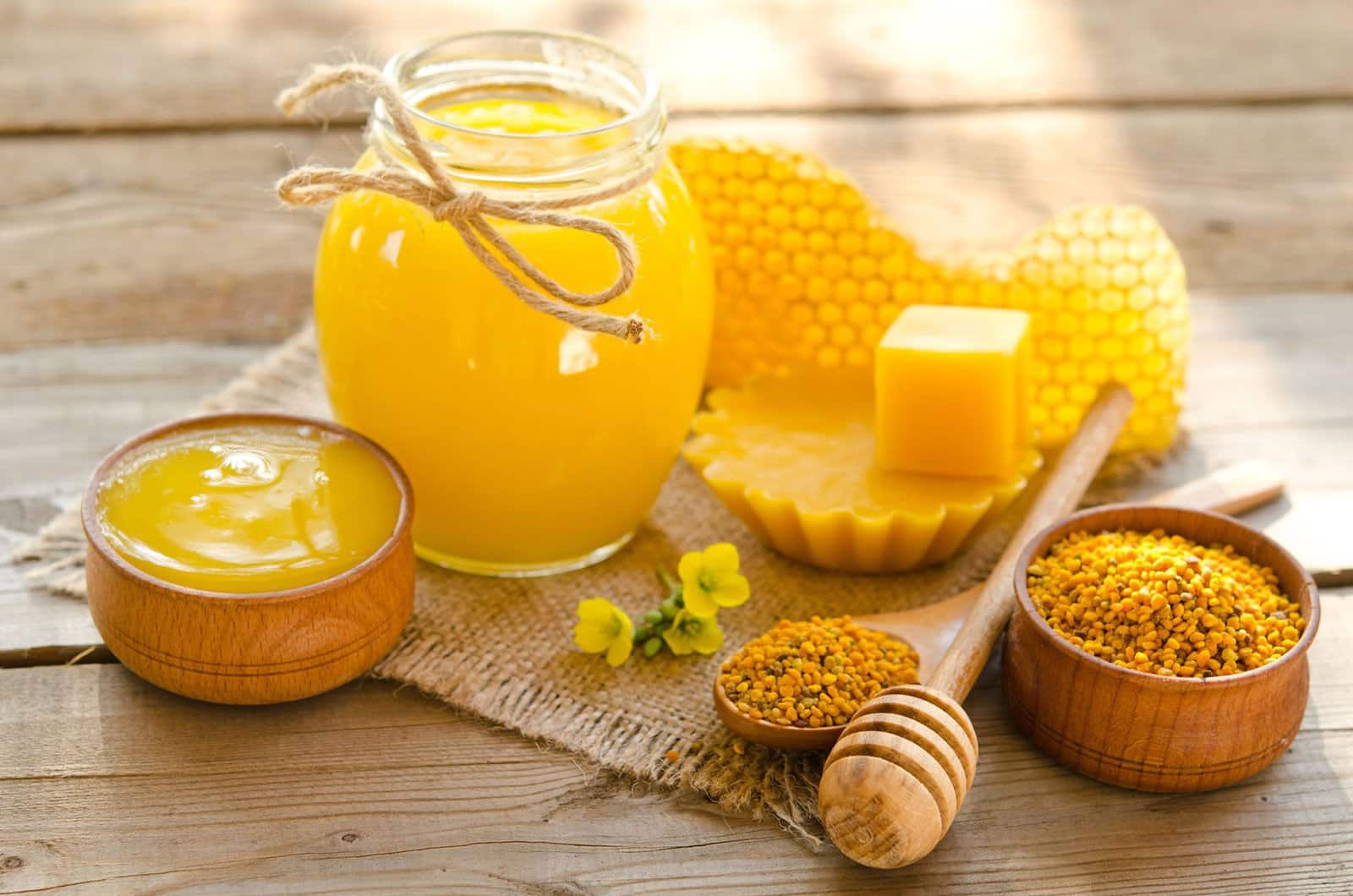

Honey Production
Honey production is a fascinating and crucial aspect of agriculture and food production. It not only provides us with a natural and delicious sweetener but also plays a significant role in supporting biodiversity by promoting pollination. We will delve into the world of honey production, covering everything from the life of honeybees to the various methods of honey extraction and processing, as well as the benefits and challenges of beekeeping.
The Life of Honeybees
Honey production begins with the incredible work of honeybees. These industrious insects are social creatures that live in colonies. The life of honeybees can be divided into three main castes: the queen bee, worker bees, and drones. The queen is responsible for laying eggs, while worker bees carry out various tasks, including foraging for nectar and pollen, and drones are male bees with the primary role of mating.
Beekeeping Equipment and Hive Management
Beekeepers play a vital role in honey production by managing honeybee colonies and ensuring their health and productivity. Beekeeping requires specific equipment, such as bee suits, smokers, hive tools, and beehives. Proper hive management is essential to maintain healthy colonies and maximize honey production. This chapter explores the equipment and techniques involved in beekeeping.

Foraging and Nectar Collection
Honeybees are expert foragers. They visit flowers to collect nectar, which they later transform into honey. Nectar is the primary source of energy for the bees, and they use their long, tube-like tongues to extract it from flowers. The process of collecting nectar and pollen is explored in this chapter, as well as the role of pollination in agriculture.
Honey Extraction
Once the bees have collected nectar, it’s time for beekeepers to extract the honey. Honey extraction involves removing frames from the beehive, uncapping the cells, and then spinning the frames in a honey extractor to separate the honey from the wax. This chapter details the step-by-step process of honey extraction and the different methods used.
Chapter 5: Honey Processing and Filtration
After extraction, raw honey still contains impurities like wax, pollen, and bee parts. To make honey market-ready, it goes through a processing and filtration process. This chapter explores the methods used to purify honey, such as settling, straining, and centrifugation. It also discusses the importance of raw honey for health enthusiasts.
Types of Honey
Honey isn’t a one-size-fits-all product. There are various types of honey, each with its unique flavor, aroma, and color. This chapter highlights some of the most popular varieties, including clover, wildflower, acacia, and manuka honey. It also delves into the factors that influence honey’s characteristics.

Sustainable Beekeeping Practices
Sustainability is a growing concern in beekeeping, as the health of honeybee populations is closely tied to the health of our ecosystems. This chapter explores sustainable beekeeping practices, including organic beekeeping, bee-friendly landscaping, and efforts to reduce the use of harmful pesticides.
The Future of Honey Production
The future of honey production is filled with both opportunities and challenges. This chapter discusses the importance of honeybees in global agriculture and the potential for honey production to continue supporting rural communities and biodiversity. It also touches on innovative technologies in beekeeping and potential solutions to current challenges.
Finally
Honey production is a complex and valuable process that relies on the incredible work of honeybees and the dedication of beekeepers. From the life of honeybees to the challenges and opportunities in the industry, this guide has provided a comprehensive overview of honey production. Whether you’re a beekeeping enthusiast or simply a honey lover, this knowledge will deepen your appreciation for the golden nectar that graces our tables.
